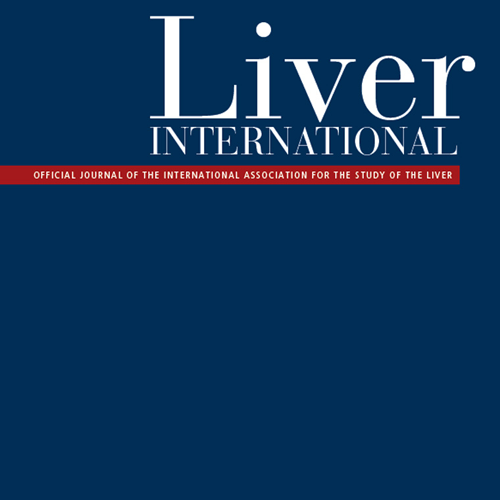Summary
Background and aim
The purpose of the present investigation is to provide an analysis of previous works on the epidemiology of the hepatitis C virus (HCV) infection from six countries throughout Latin America, to forecast the future HCV prevalence trends in Argentina, Brazil, Mexico and Puerto Rico, and to outline deficiencies in available data, highlighting the need for further research.
Methods
Data references were identified through indexed journals and non-indexed sources. Overall, 1080 articles were reviewed and 150 were selected based on their relevance to this work. When multiple data sources were available for a key assumption, a systematic process using multi-objective decision analysis (MODA) was used to select the most appropriate sources. When data were missing, analogues were used. Data from other countries with similar risk factors and/or population compositions were used as a proxy to help predict the future trends in prevalence.
Results
The review indicates that the dominant genotype is type 1. HCV prevalence in the analysed countries ranges from 1 to 2.3%. The Latin American countries have been very proactive in screening their blood supplies, thus minimizing the risk of transmission through transfusion. This suggests that other risk factors are set to play a major role in continued new infections. The number of diagnosed and treated patients is low, thereby increasing the burden of complications such as liver cirrhosis or hepatocellular carcinoma. The HCV prevalence, according to our modelling is steady or increasing and the number of infected individuals will increase.
Conclusions
The results herein reported should provide a foundation for informed planning efforts to tackle hepatitis.
Countries: Argentina, Brazil, Mexico, Peru, Puerto Rico, Venezuela

